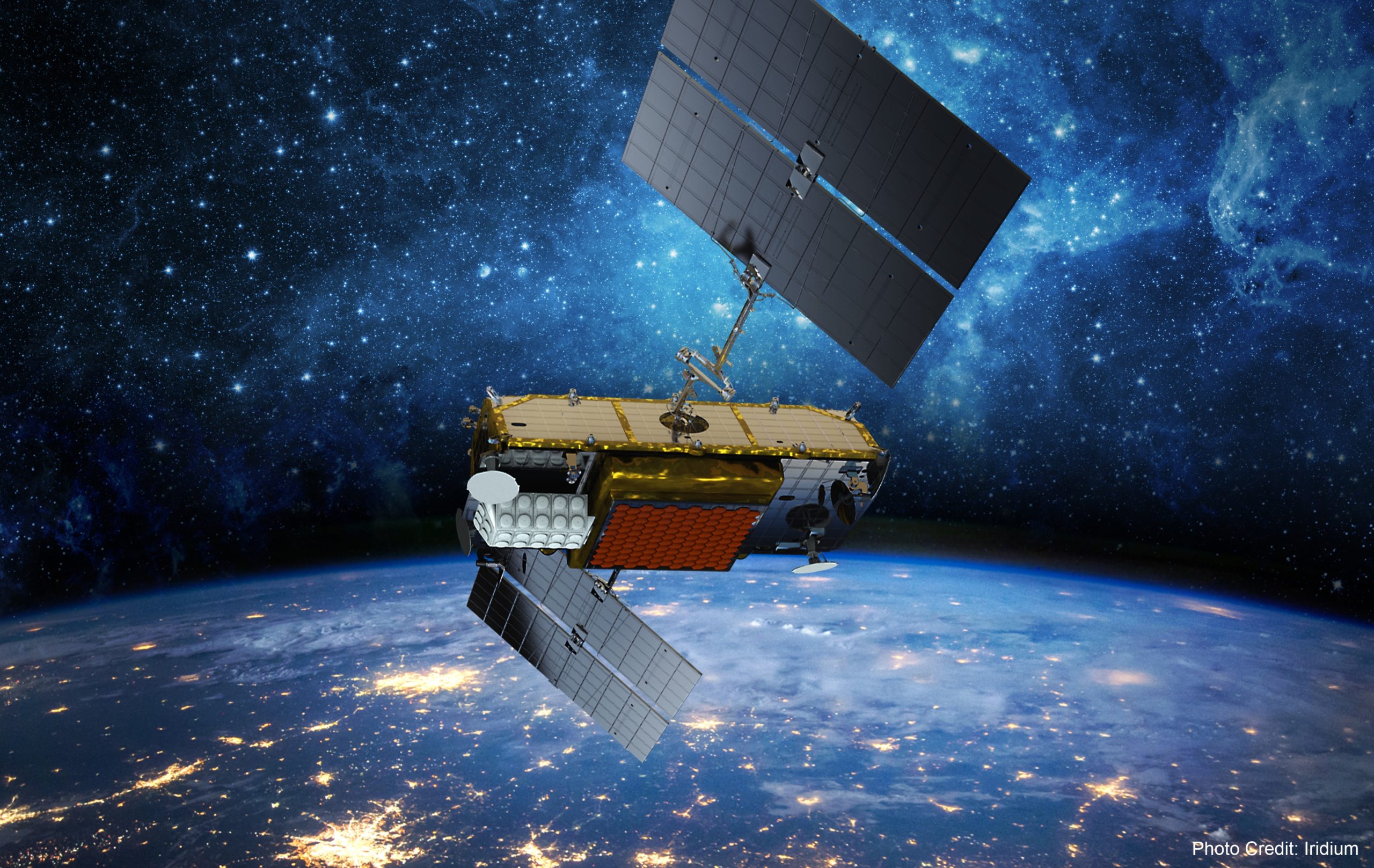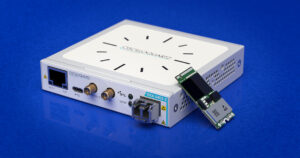In today’s age, we rely on technology more than ever. We store our personal information, photos, and passwords on our phones and laptops; we install home security systems to keep burglars out; we trust our GPS to get us where we’re going using the fastest route possible. Because we rely so heavily on data centers and cloud-based systems to keep our information secure and our loved ones safe, it is vital that we, in turn, keep these global networks safe from attack and failure.
Time and Location
Global Navigation Satellite System (GNSS) signals determine the location and timestamp of connected devices all over the world. These signals are important because they provide Positioning, Navigation, and Timing (PNT) information. Knowing the location of data and assets is vital to the safety of our country and people.
Timestamps are critical because they allow data centers to retrieve the most accurate and recent version of data and allow us to synchronize the movement of data for system operations. GNSS signals, however, are susceptible to spoofing, jamming, interference, and denial of service, which can lead to the impairment of critical equipment. Below are some situational examples of what GNSS signal disruption looks like.
- Safety of our Communities: Utility grids, which provide electricity to our homes, rely on Phasor Measurement Units (PMUs) to provide electrical power system reliability and grid efficiency. These grids must timestamp their measurements in order to provide accurate readings. But GPS jamming or spoofing can manipulate the PMU’s timestamps, delivering inaccurate power frequency measurements and causing damage to power-grid equipment via overheating or overloading, which could cause a blackout in your city.
- Safety of our Troops: GNSS interference and disruption poses a major threat to the security of our nation and our people. If the two most important pieces of PNT information—time and location—are compromised, we can end up with misleading data. For instance, the military relies on GPS signals to carry out important missions, and if these signals are compromised due to, for example, terrain conditions or enemy interference, the mission is then comprised.
- Transparent Data: When it comes to the law, transparency is critical. Knowing exactly what happened and providing resolute evidence is a significant part of locking criminals away. But sometimes, it’s not that easy. Something as incriminating as footage can be misleading, as the timestamp on security cameras can be manipulated, effectively eliminating these devices as admissible evidence in a court of law.
- Individual Safety: Even the average citizen can be affected by GNSS interference and disruption. If the GPS signal on your phone is disrupted, for instance, you could be given erroneous directions and wind up in the middle of nowhere.
These disruptions aren’t always intentional. For example, environmental signal interference can occur in areas in which various wireless transmitting systems can interfere with GNSS reception. Therefore, it is imperative to protect data centers and GNSS signals from disruption—intentional or not.
Protecting GNSS Signals
Protecting our global network system depends on the reliability of GNSS signals. To protect GNSS signals:
- Test the system for vulnerabilities: Use a GNSS simulator to imitate a spoofing, jamming, or denial of service attack. Doing this will allow you to evaluate how the system responds to such an attack and design a solution for its weaknesses.
- Time servers: To ensure accurate timestamps are applied to each data point, install a time server that can identify erroneous GNSS signals. Additionally, install a time series database to catalog and organize timestamps and identify discrepancies in the data.
- Monitor the signal: Once the above steps are completed, monitor the GNSS signal to detect interference with a GNSS signal monitoring system, which will inform you if your system is under attack. For further security, install a GNSS threat classification system, which will identify the type of threat and mitigate it.
- Prevent GNSS jamming: Use smart antenna technology to reject bad signals from interferers or blocking antennas to reject terrestrial-based interference.
- Use an alternative signal: For reinforcement, use a signal that operates separately from GPS/GNSS.
Emerging PNT Technologies
In the near-future, protecting data centers and GNSS signals will be more important than ever, as emerging PNT technologies will need robust protection. Below are a few examples of these new technologies.
- 5G: This technology, while offering a faster network and higher energy efficiency, demands microsecond-level synchronization. The challenge with 5G will be to protect the reliability of its timestamps.
- Personal PNT protection: Because GNSS signal reliability is vital to everyone, including everyday citizens, engineers are developing personal PNT protection technology to protect individual mobile devices.
- Smart cities: Currently, we are automating city systems to collect data in order to more efficiently manage such things as traffic and transportation systems, crime detection, schools, hospitals, and waste management.
- ITS: Intelligent Transportation Systems improve the safety and efficiency of such things as tolling management, ticket management, and traffic monitoring. In the near-future, GNSS signals will be needed to determine how close or far away a driverless vehicle is from another vehicle.
- Authenticated time and location information: By limiting data access to a specific time frame and location, cybersecurity will increase.
- STL: Satellite Time and Location, an independent signal, serves as a backup for GPS. At Satelles, we provide spoof proof STL signals. Originating from Iridium satellites, our high-powered signal structure is highly secure and difficult to jam. Additionally, our STL signals provide location-specific data that changes every few seconds.
Despite the various threats to our global networking system, there are ways to prevent and mitigate any disruptions and interferences with GNSS signals. Investing in an alternative signal, such as an STL signal, can ensure that even if your GPS/GNSS signal is comprised, your PNT information will be accurate and secure.
Sources:https://www.gpsworld.com/how-resilient-pnt-protects-global-networks-from-attack-or-failure/



